Known to mankind for millennia, magic mushrooms have been a source of transcendental experiences for countless people throughout history.
A brief but intense period of psychedelic experimentation in the ‘50s and ‘60s was cut short by their eventual ban, and these mysterious little fellows became a taboo in most western countries for the latter half of the 20th century.
Today, psilocybin-producing mushrooms are slowly making their way back into western society. In recent years, a particular variant of these psychedelic fungi has gained widespread appeal: the so-called “magic truffles.”
What are magic truffles? How do they differ from magic mushrooms? Are they better, worse, or the same?
In short, there’s no major difference in magic truffles aside from the way they look and the fact they grow underground, which makes them legal in some jurisdictions like the Netherlands.
Getting to Know Psilocybin-producing Mushrooms
Magic mushrooms owe their mind-altering effects to a particular substance they produce called psilocybin. When consumed, psilocybin is metabolized by the human body and converted into psilocin, a very potent hallucinogenic.
Psilocybin can induce psychedelic experiences in humans by interacting with a particular type of receptor in the brain called serotonin 2A, which, curiously enough, this is the same type of receptor that binds to other psychedelic substances like LSD, mescaline, and DMT.
Psilocybin is found naturally in over 200 species of mushrooms, most of which belong to a genus biologists call Psilocybe Mushrooms.
Magic mushrooms are a natural biological factory for psilocybin. They basically take elements from their environment to synthesize psilocybin as well as a large number of other natural tryptamines.
Today, clinical trials being led by top-tier researchers all over Europe and North America have placed psilocybin-containing mushrooms back in the spotlight of mainstream medicine and wellness circles.
Vast amounts of anecdotal evidence, as well as a growing body of clinical research shows that psilocybin’s psychoactive effects can induce states of altered consciousness that can have a very powerful healing potential if used in the right context.
A chemically-isolated version of psilocybin is currently undergoing phase 2 human clinical trials in order to assess its efficacy in the treatment of treatment-resistant depression and other mental disorders.
What Are Magic Truffles, Exactly?
Some species of fungi produce fruiting bodies which we call mushrooms or toadstools.
When we look at these mushrooms, we’re only looking at one part of the whole. Under the soil, mushrooms spread out in the form of mycelium: a branch-like tissue that, like the roots of a tree, is in charge of absorbing nutrients from the environment.
Some fungal species produce a compact mass of hardened mycelium called “sclerotium.” The sclerotium from psilocybin-producing fungi is what we normally call “magic truffles.”
“That's a specialized form of mycelium, basically. It's a state that the fungus goes into, where it compacts its mycelium underground and forms these truffles,” said Marshall Tyler, Director of Research at Field Trip Health, a Canadian company working on psychedelics research and development.
Sclerotium is produced by the fungus as a way to store food for long periods of time in case nutrients from the environment run out. Not all psilocybin producing mushrooms form sclerotium, but those that do, will store psilocybin and other alkaloids in there, just as one can find in their fruiting bodies.
Sclerotium from psilocybin-producing mushrooms is sometimes referred to as "philosopher's stones” or “sorcerer’s stones.”
Although they may look differently from mushrooms, magic truffles contain significant amounts of psilocybin and other compounds that will produce a psychedelic effect in the same way that magic mushrooms do.
There’s nothing in the truffles themselves that can account for a difference in the effect they produce, when compared with magic mushrooms. This is because psilocybin mushrooms themselves can vary in potency and effect depending on their species and even between cultivars of the same species.
Similarly to cannabis in whole-plant medicine, psilocybin mushrooms are believed to work their effects by combining different compounds in what is referred to as the “entourage effect.” Different species can portray diverse chemical compositions, leading to significant variability in their effect.
However, the presence of psilocybin in them is expected to almost universally induce a state of altered consciousness that can include visual and mental hallucinations, changes in perception, a distorted sense of time, and feelings of euphoria.
When consumed with the right “set and setting”, the psychedelic experience produced by magic truffles can cause those who live through it to later describe it as one of the most significant and life-changing episodes of their lives.
However, just like magic mushrooms, if taken under the wrong circumstances or in a high dose, magic truffles can cause nausea, intoxication, panic attacks, “bad trips,” and can lead to psychotic episodes in people with a genetic predisposition to psychosis.
Why Are Magic Truffles Popular? Are They Legal?
Psilocybin was banned by most countries in 1971 after the signage of the Convention on Psychotropic Substances, a United Nations treaty that scheduled psilocybin and psilocin as well as a number of other hallucinogenic drugs.
The reason why magic truffles have become a buzzword these days has little to do with their effect and a lot to do with their legal status.
“Ultimately, we’re working within the framework that we’re allowed to work in, and I think that’s the most important thing to know,” said Todd Shapiro, CEO of Red Light Holland, a Canadian company that currently grows, distributes, and sells magic truffles for the Netherlands smart-shop market, where these are most-commonly found.
While psilocybin became internationally illegal in 1971, magic mushrooms continued to be sold in the Netherlands, a country that has traditionally held lax laws around drug criminalization.
The country nonetheless placed a ban on Magic Mushrooms in 2007, after a teenage girl committed suicide under the influence of legally-purchased mushrooms. This ban, however, did not prevent magic mushroom producers from keeping the supply chain alive, by exploiting a loophole in the legislation.
Under Dutch law, sclerotium from magic mushrooms does not fall under the 2007 prohibition. This propelled magic truffles into the spotlight of the Dutch psychedelic scene, where a wide array of legal truffle products can be found, portraying premium packaging, labeled dosage information, and contraindications.
“We’ve made it as though it looks like something that could be prescribed. But, it’s a natural product,” says Red Light’s Shapiro.
Currently, magic truffles can be found in other markets outside of the Netherlands. However, most countries – with the exception of Brazil, Jamaica, and some U.S. jurisdictions – still consider any product containing psilocybin to be illegal, meaning that the purchase of magic truffles can still be punished by the law.
Are you still missing out on The Bluntness newsletter? Sign Up today to stay in the loop.
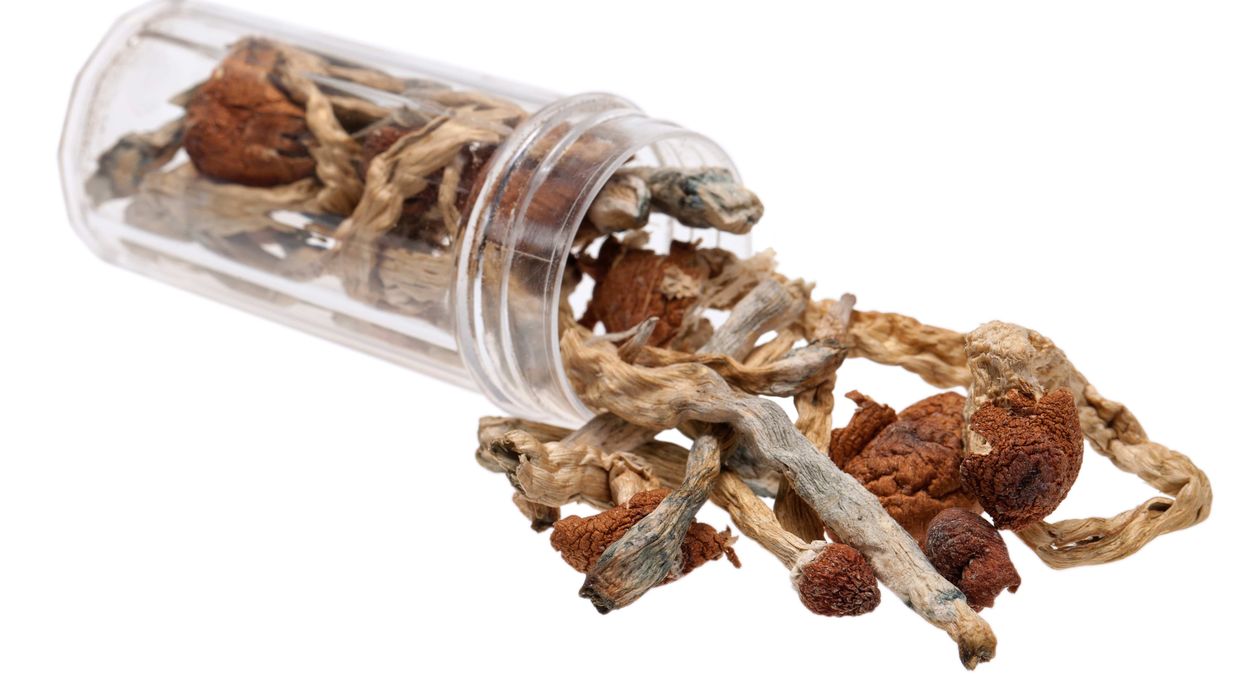

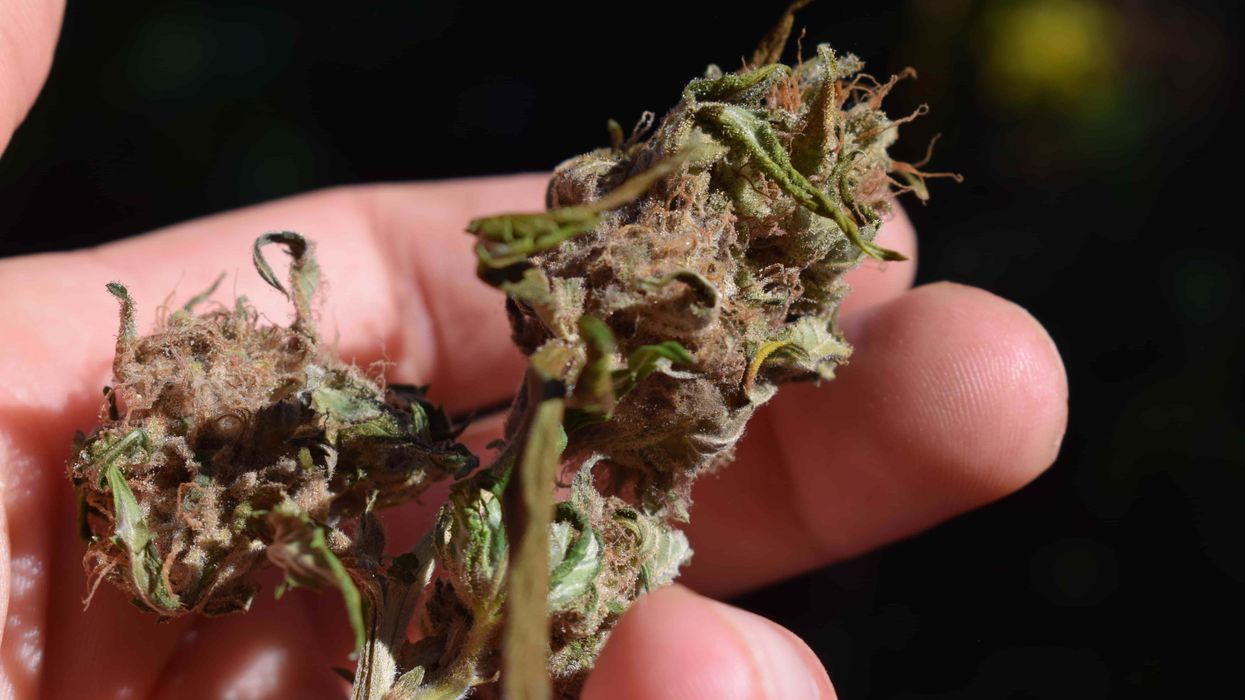
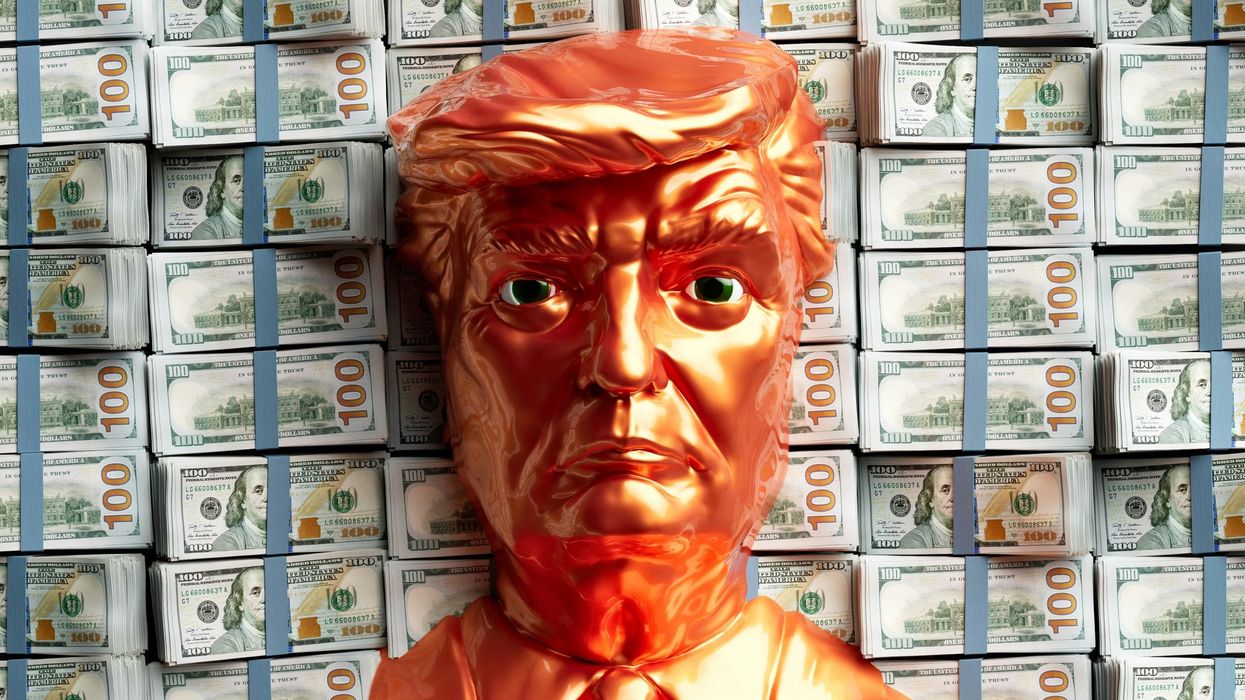
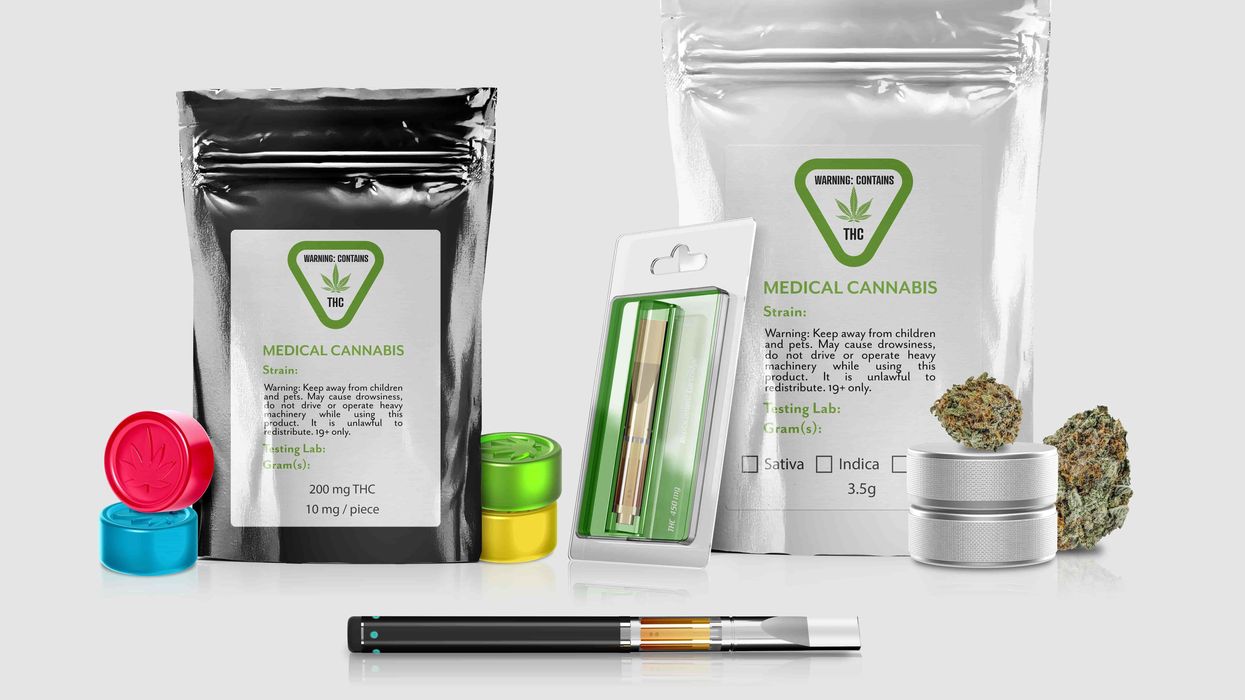

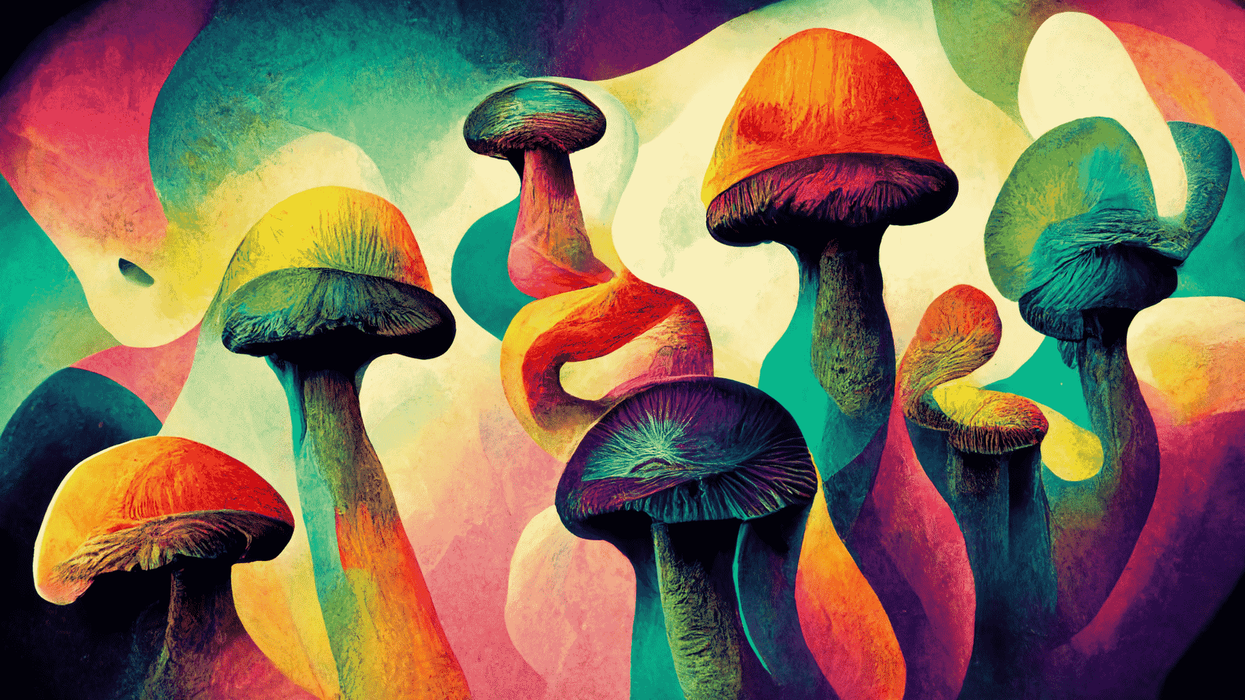
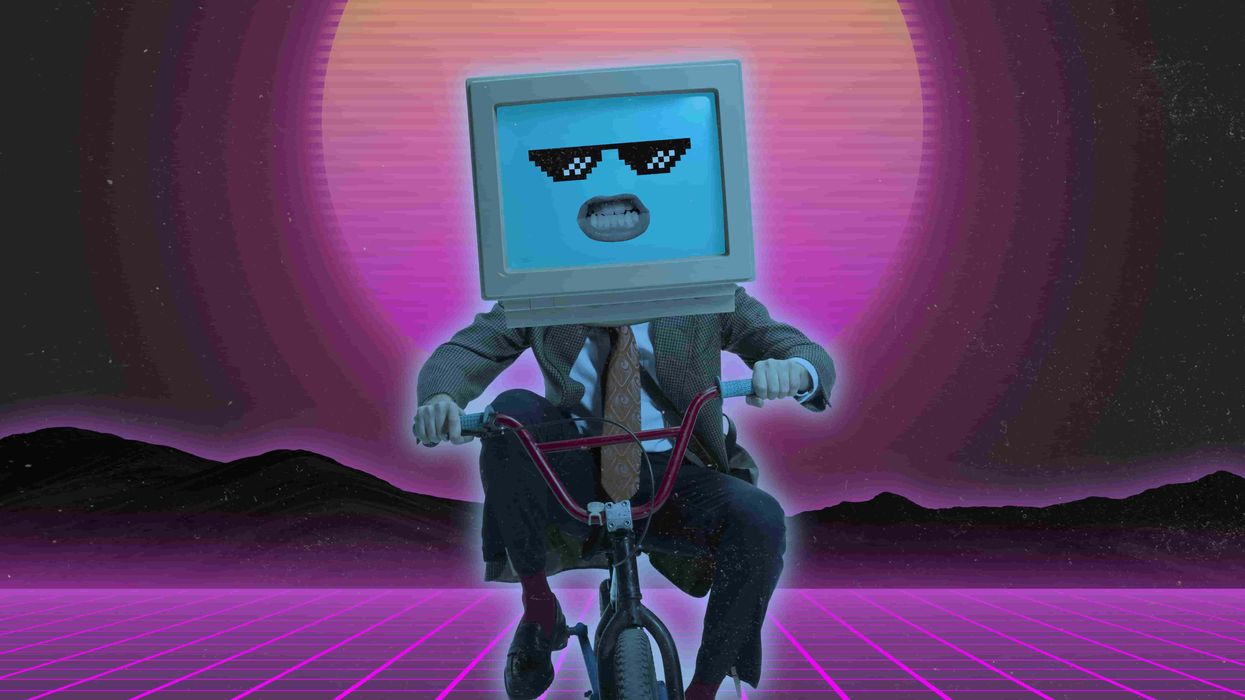
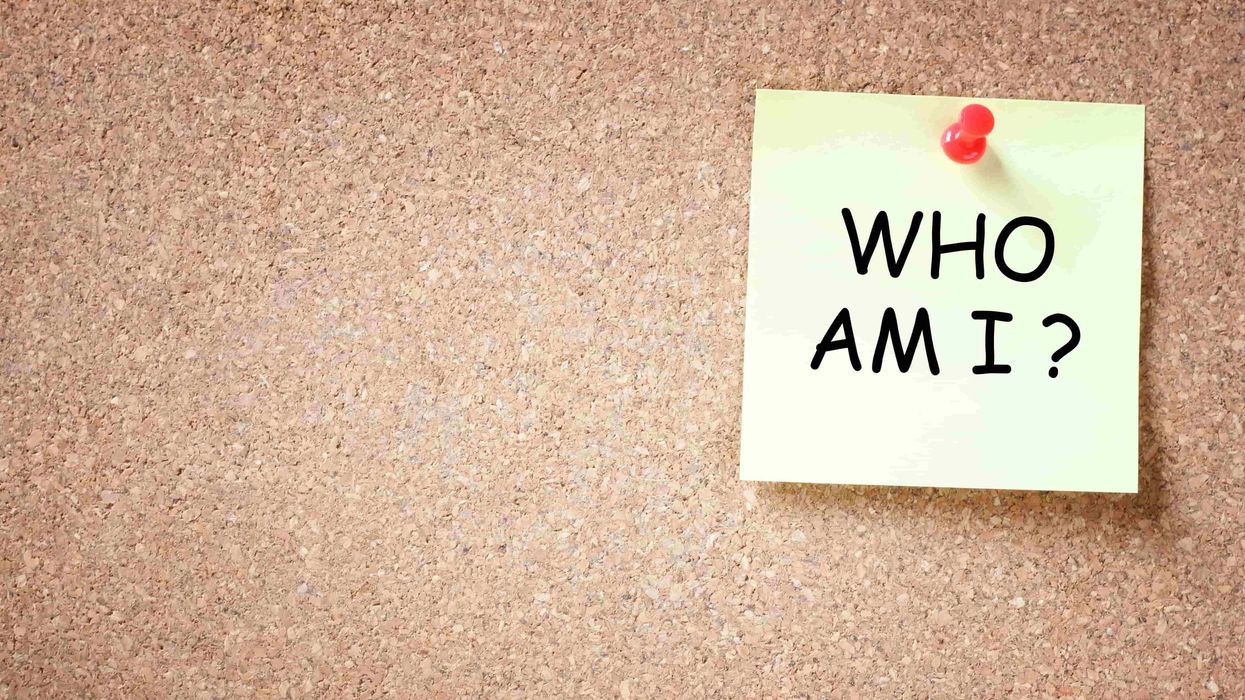
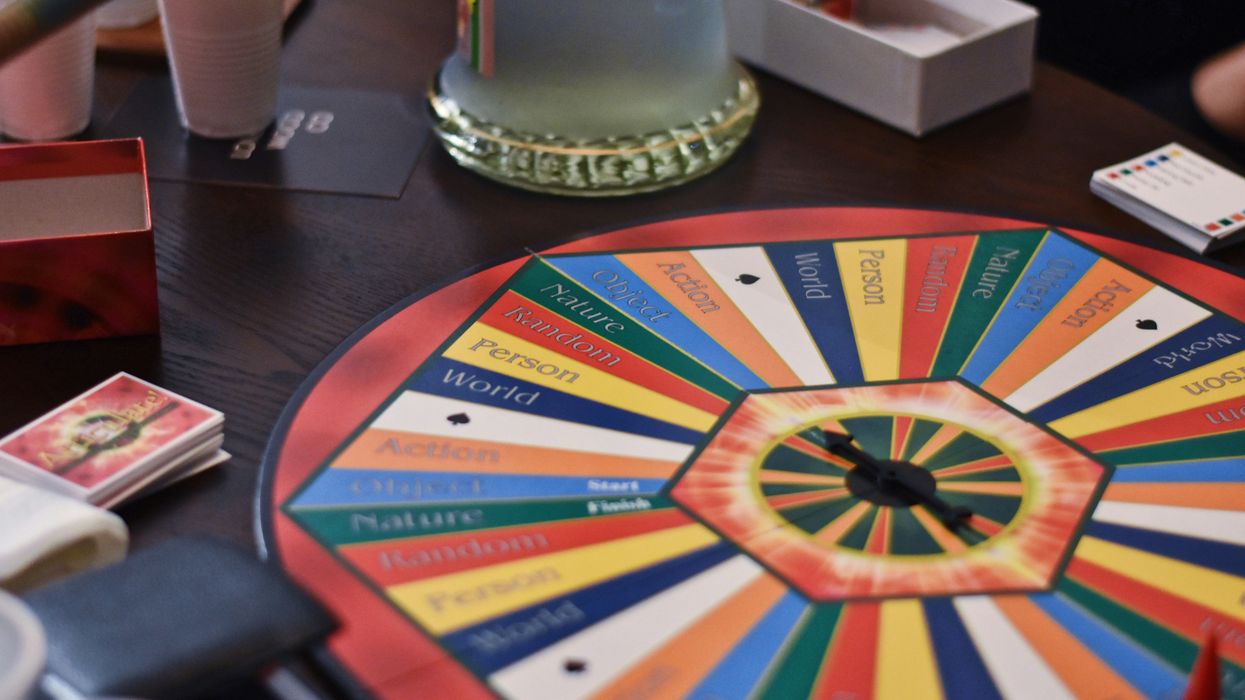
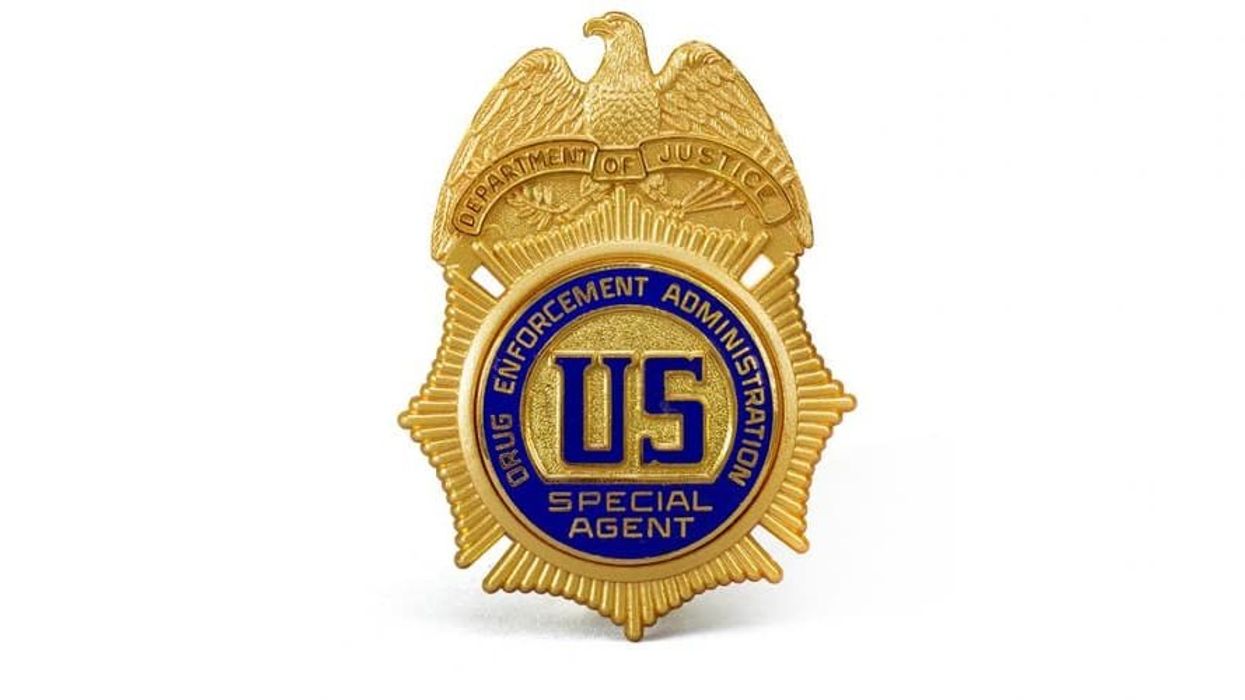
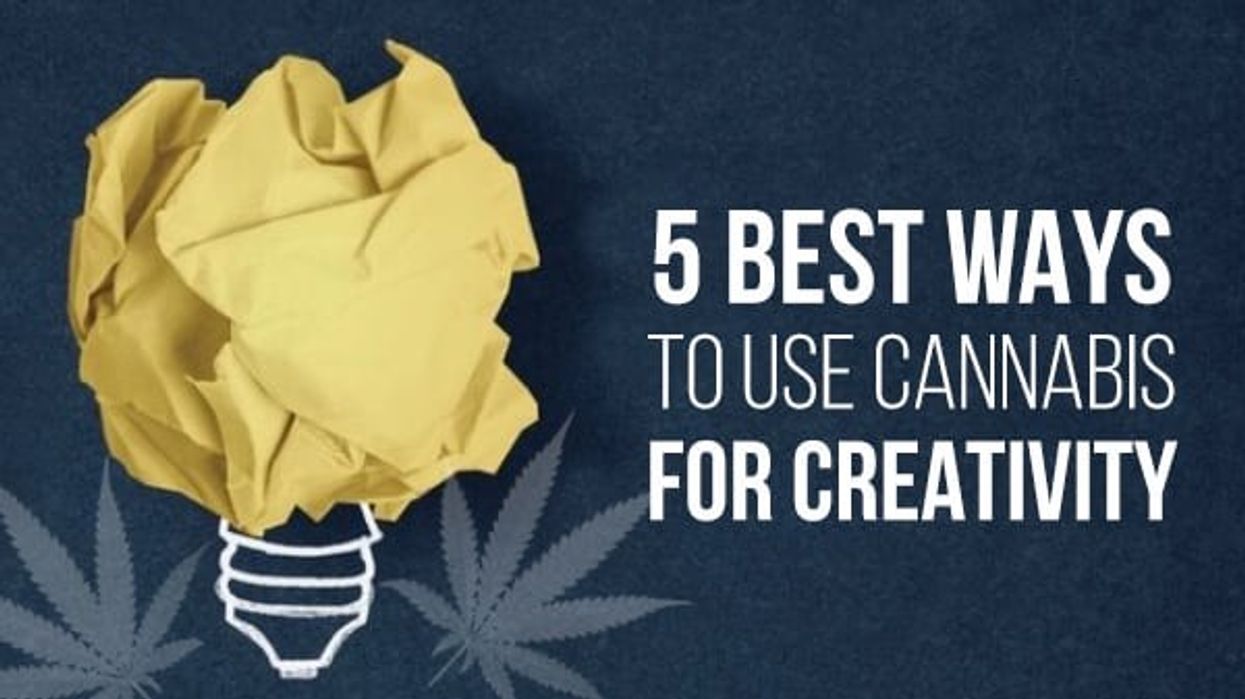
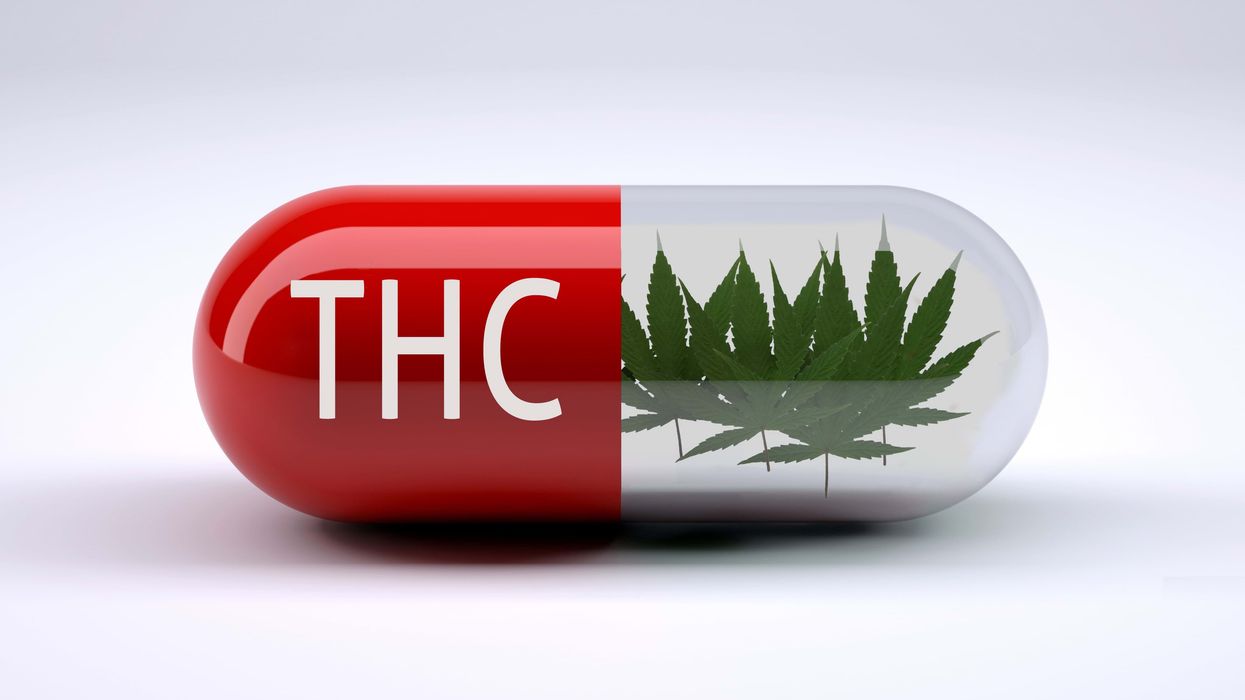
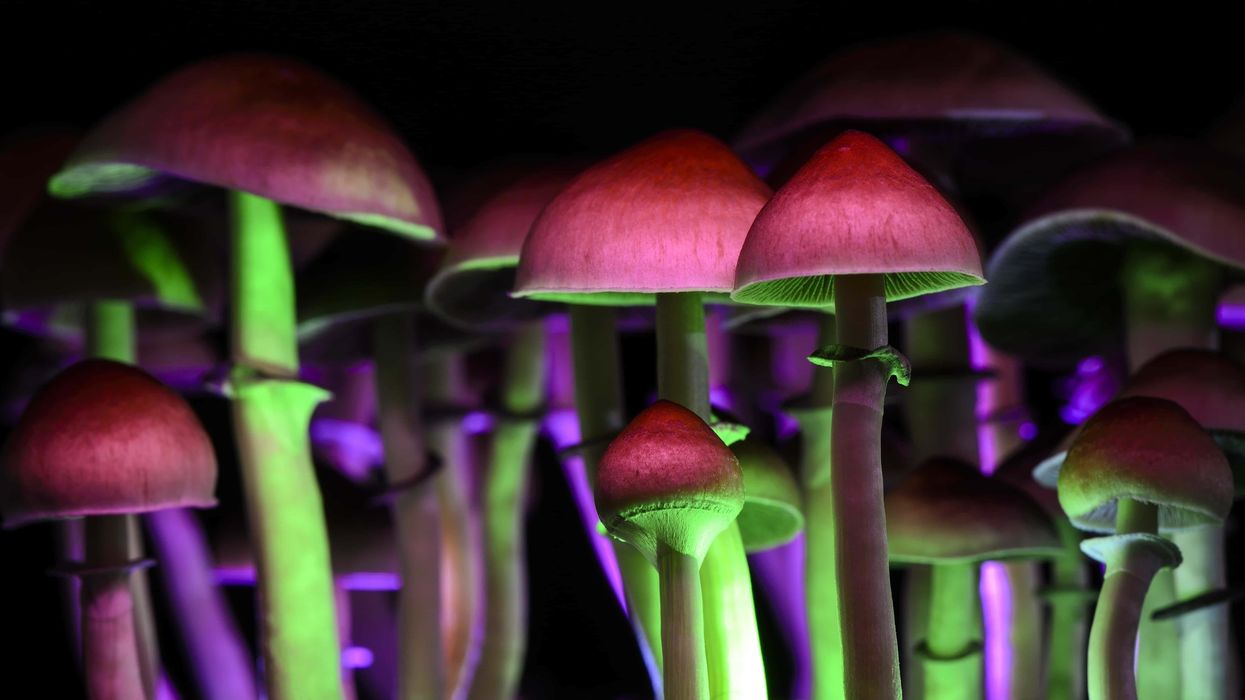
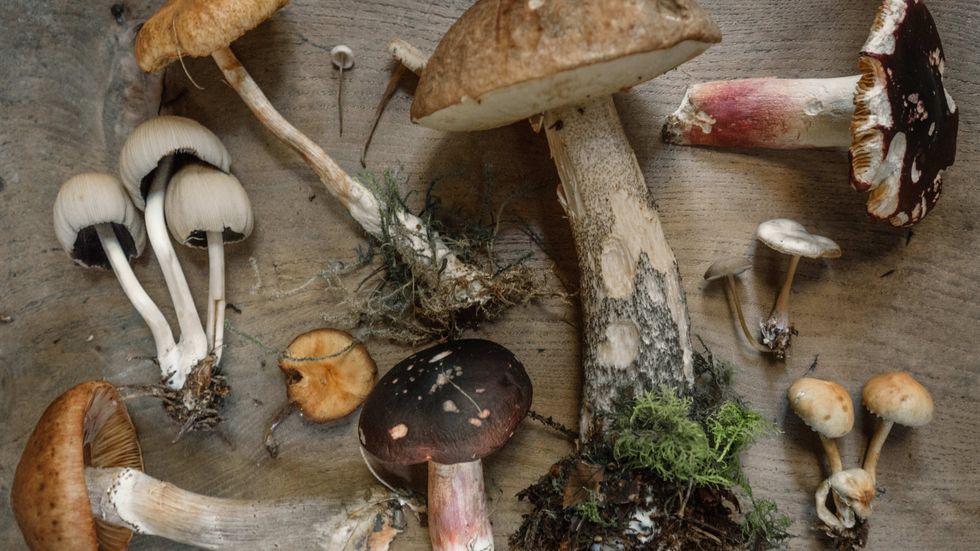 How Long Do Shrooms Last? Magic Mushroom Guide for Beginners - The Bluntness
How Long Do Shrooms Last? Magic Mushroom Guide for Beginners - The Bluntness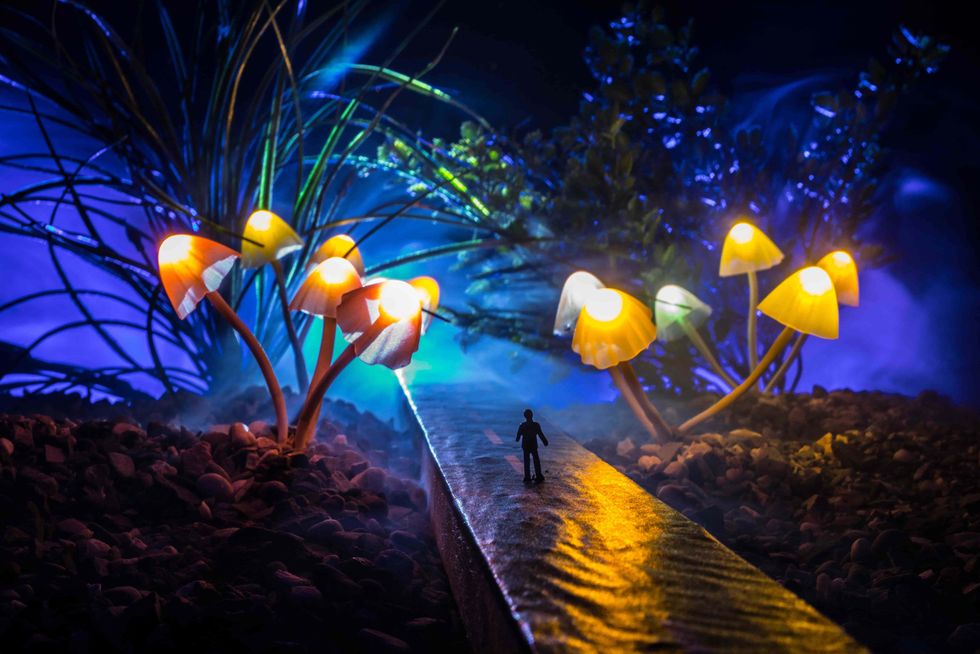 Psilocybin can provide a life-altering experience. -The Bluntness
null
Psilocybin can provide a life-altering experience. -The Bluntness
null
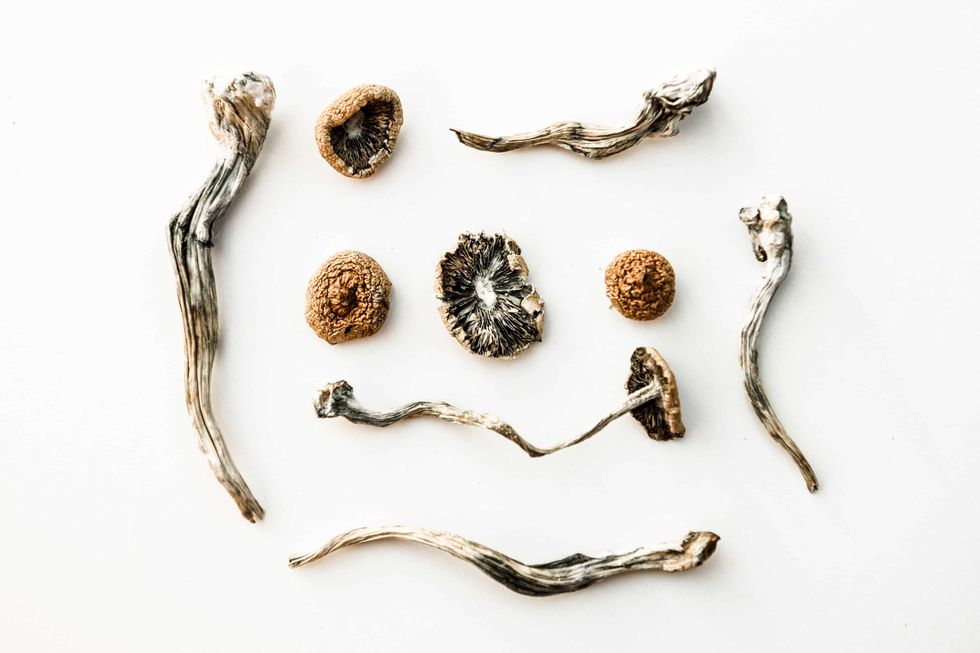 “Don’t diddle the dose. Once you have done your homework, go for it.” -- Terence McKenna
The Bluntness
“Don’t diddle the dose. Once you have done your homework, go for it.” -- Terence McKenna
The Bluntness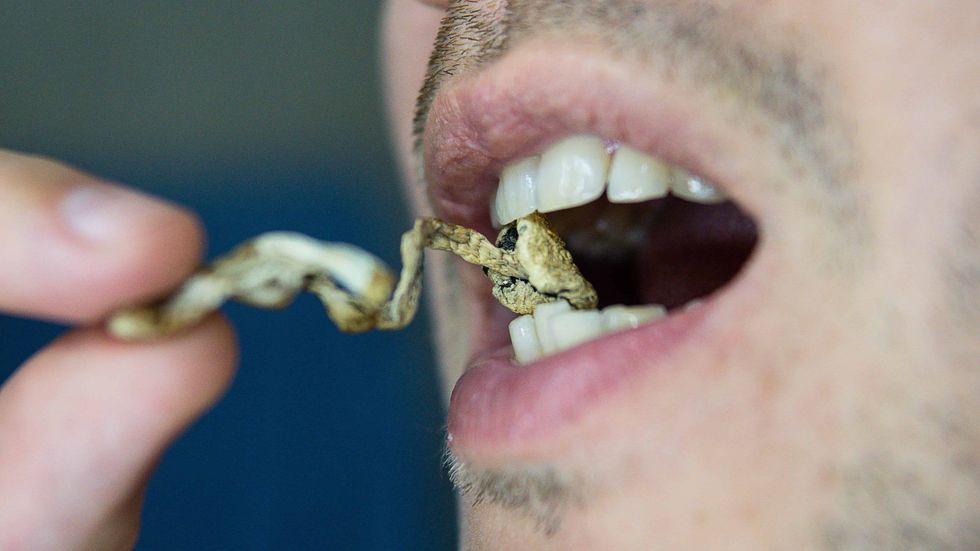 These mushrooms taste gross, but there are ways around that.The Bluntness
These mushrooms taste gross, but there are ways around that.The Bluntness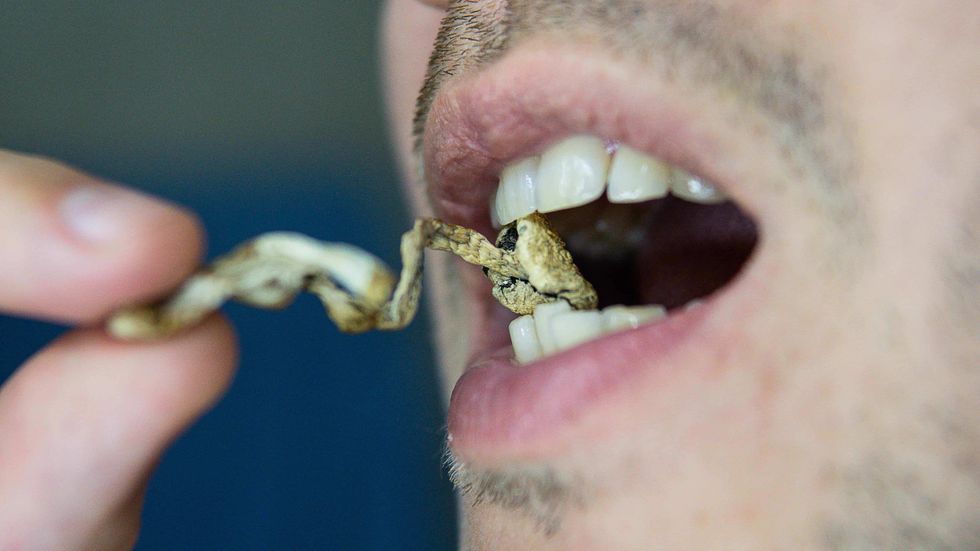 These mushrooms taste gross, but there are ways around that.
These mushrooms taste gross, but there are ways around that.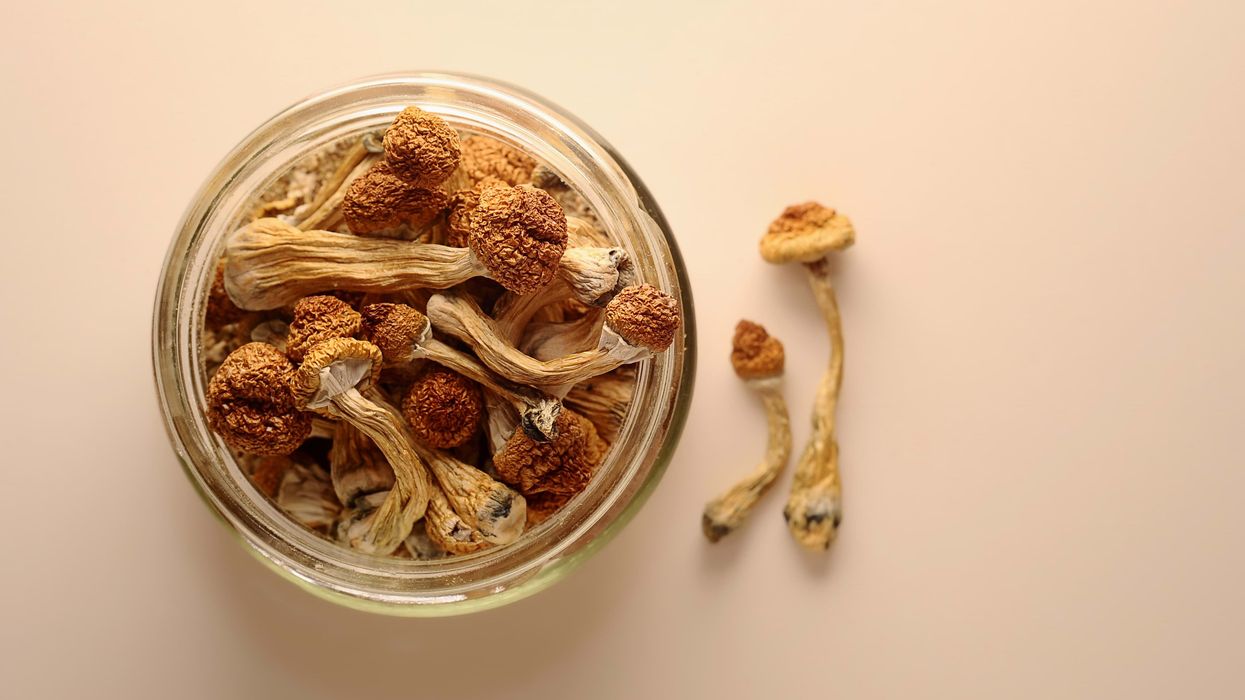
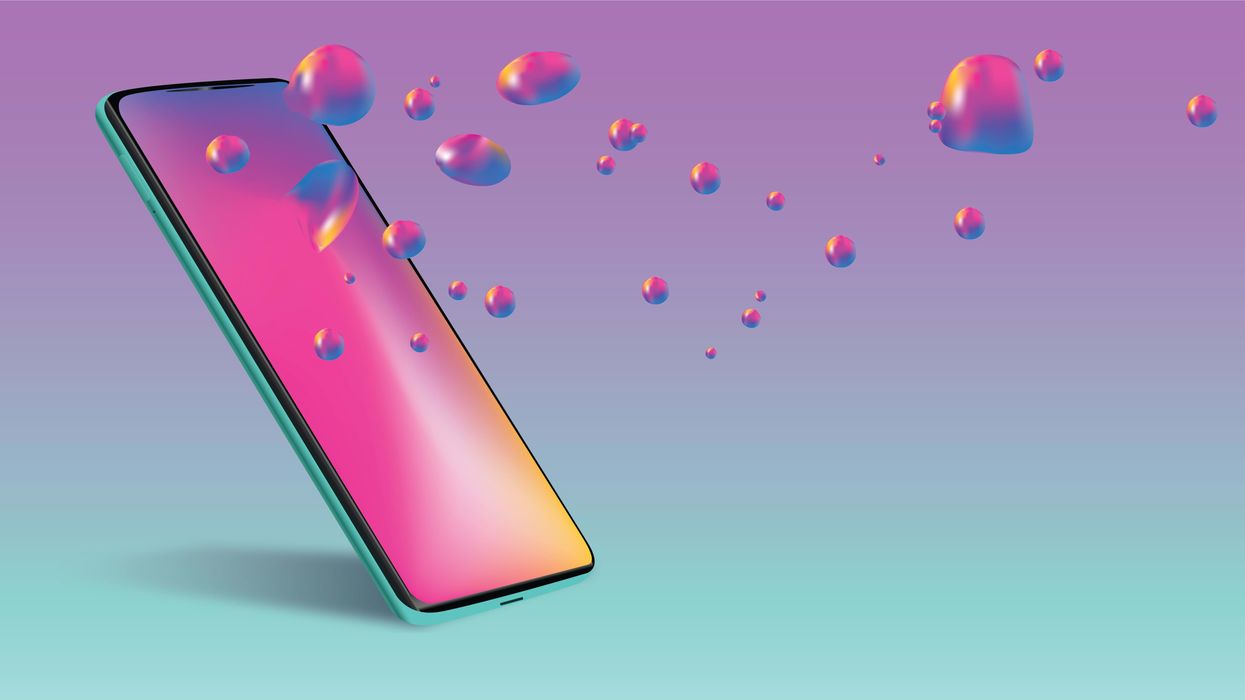
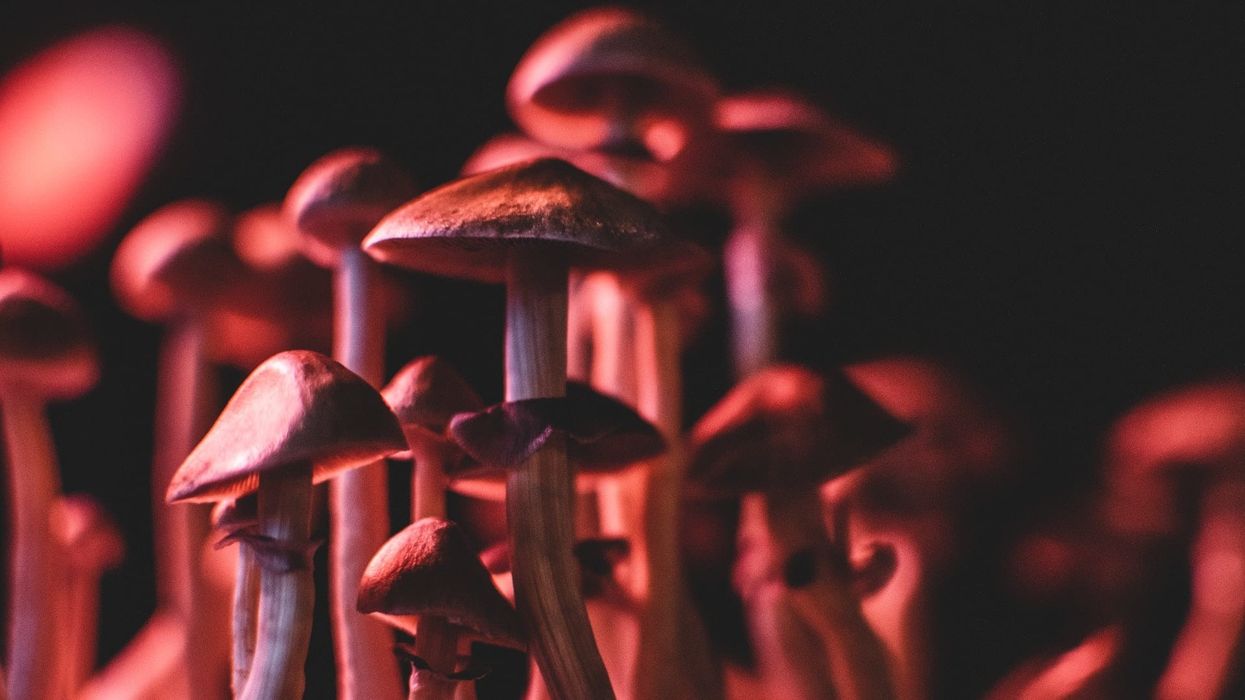
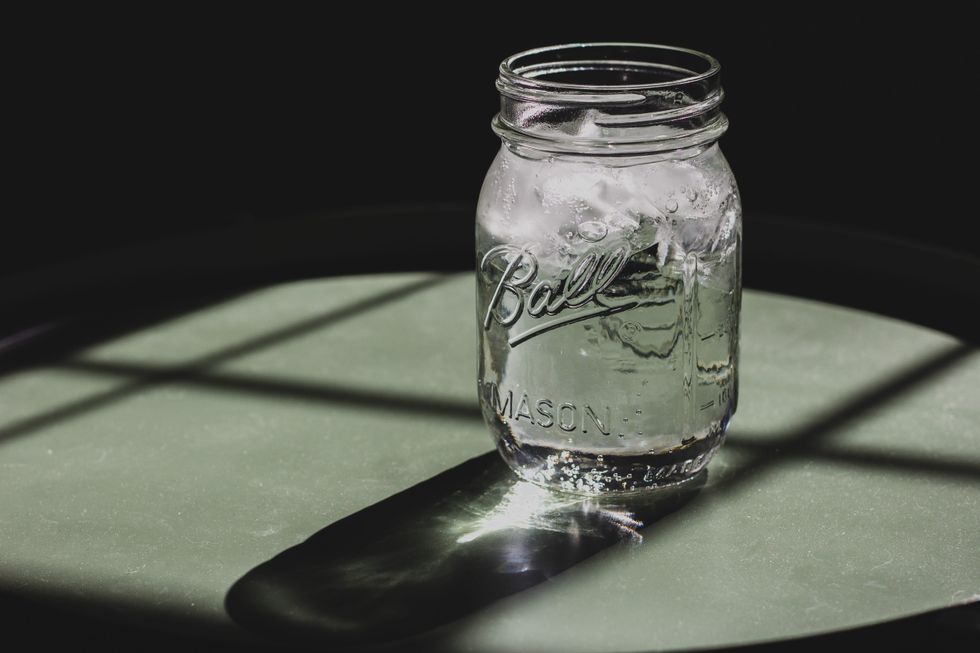 How to Store Magic Mushrooms
How to Store Magic Mushrooms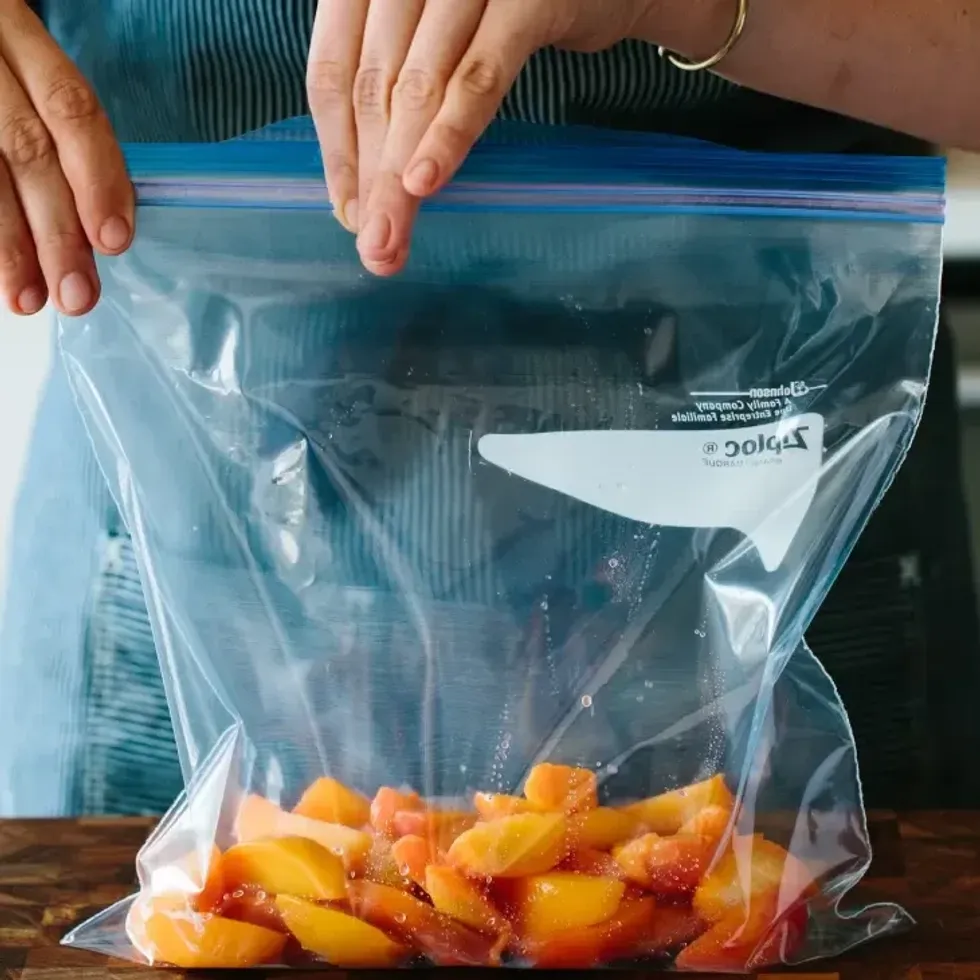 How to Store Magic Mushrooms
How to Store Magic Mushrooms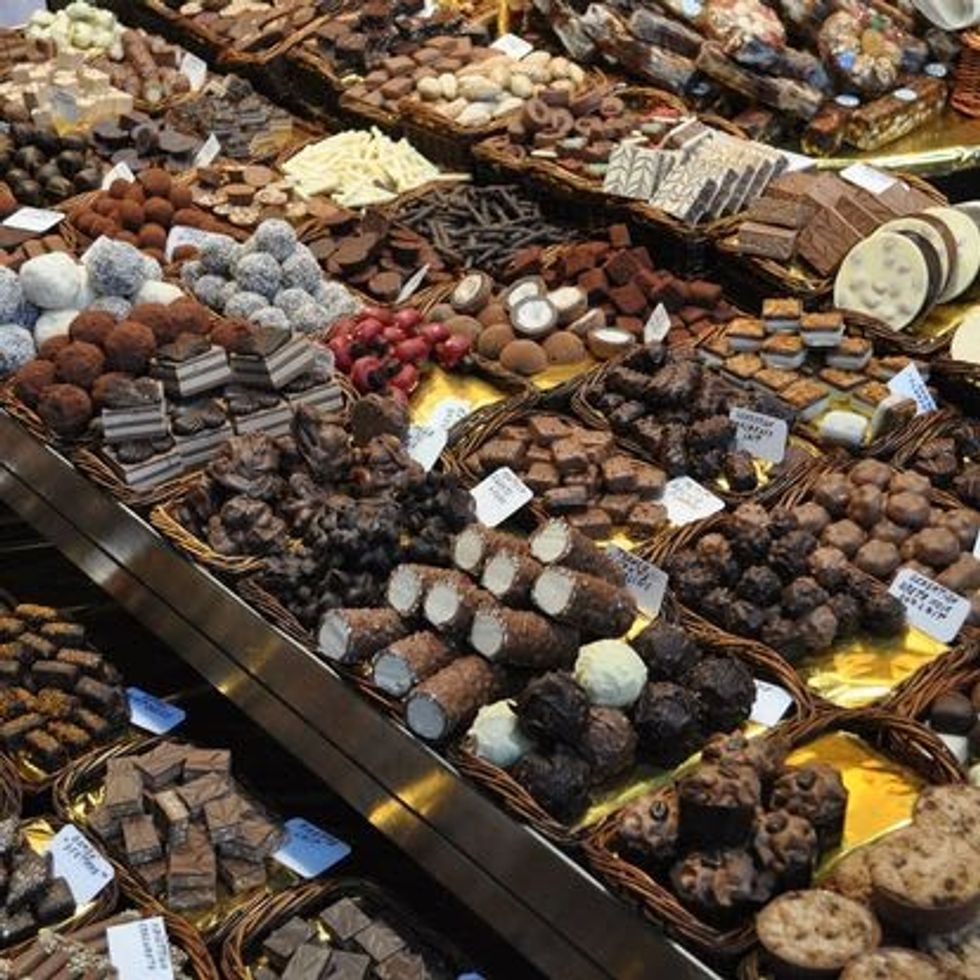 How to Store Magic Mushrooms
How to Store Magic Mushrooms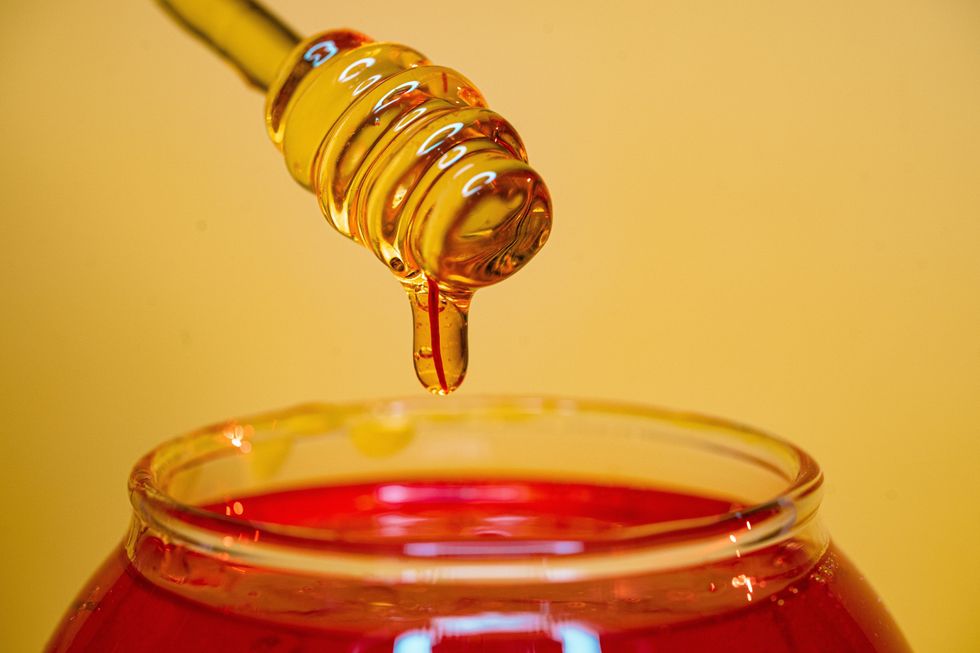 How to Store Magic Mushrooms
How to Store Magic Mushrooms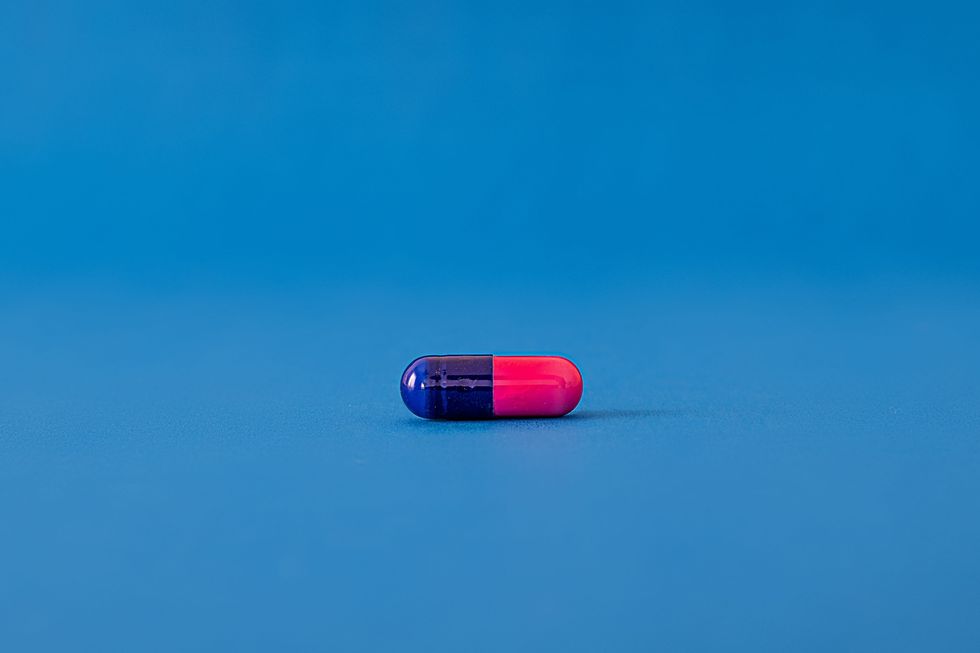 How to Store Magic Mushrooms
How to Store Magic Mushrooms